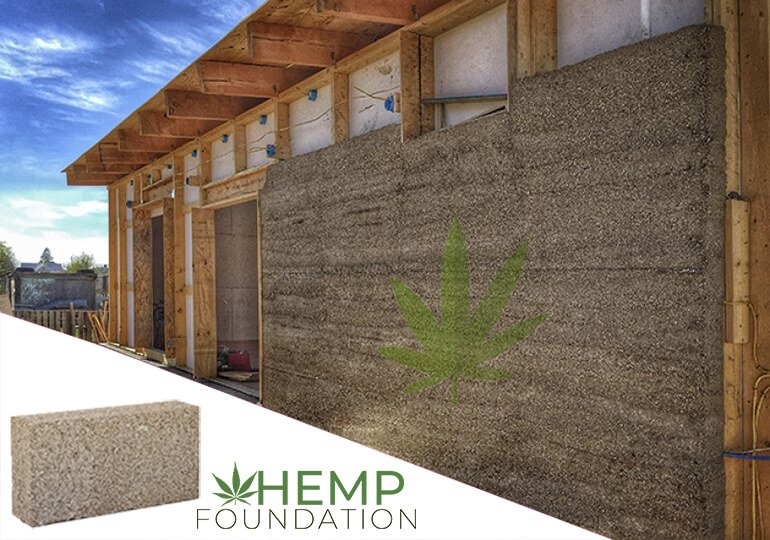Hemp Textile Market, Growth, Outlook and Other Trends
Hemp: A natural fiber made from the Cannabis sativa plant is increasingly being used in fashion as a substitute for synthetic fibers.
This is because biodegradable hemp is seen as a more sustainable alternative to conventional synthetic fibers and to cotton, which has been the standard in the industry. Yet with the growing concern over its negative impact, the world has started looking for more sustainable and green substitutes to both cotton an synthetic fibers, Which are derived from petrochemicals.
The purpose of this document is to provide high level and low-level ideas of the Hemp Textile market around the world.
In this report, we have taken various references and statistics from credible sources and have tried to interpret the larger trend. Most of the projection made in the research report are based on secondary data and growth figures provided in different resources.
From the Desk of CEO
– Vishal Vivek
CEO and Co-Founder

Welcome!
Despite the onset of the pandemic that threw unprecedented challenges. The last few years have been a really exciting journey for all of us at Hemp Foundation and that’s why we decided to come up with this research report. More than the data, our attempt has been to a broad perspective of the Hemp Textile Market, growth, outlook and other trends.
Thanks to everyone who has helped make this report possible. A complete list of acknowledgements and bibliography can be found at the end of this report.
Hope you’ll enjoy the report.
Vishal Vivek, CEO, Hemp Foundation
The Rise of Eco-Friendly Shoppers: Fueling Hemp Demand
In recent years, the retail industry has seen a blossoming of enthusiasm for eco-friendly options. This has coincided with a growth in the demand for sustainable clothing.

While the fashion industry often flied under the radar when it comes to environment impact, a report by the UN Environment Programme Found that 10% of global carbon emissions are produced by the fashion industry, more than all international flights and maritime shipping combined.
A further study by the International Union for Conservation of Nature tells us that 35% of all microplastics in our oceans are produced by washing synthetic clothing in our laundry.
Sustainable fashion demands a more mindful way of shopping. This means making key shifts in our core purchasing habits, like opting for sustainable clothing and many more things.
The global fashion search platform Lyst saw a 47% increase in sustainability-related user searches.
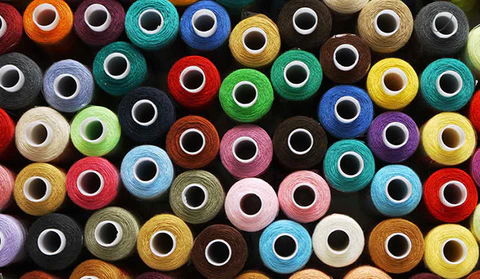
Increasingly, consumers are looking to spend their money with retailers whose brand values reflect their own personal views. This means shopping socially conscious, ethical, organic, and sustainable.
The Business Research Company discovers that the trend of sustainable fashion is increasing. Customers are becoming more aware of the adverse effects of pollutions caused by apparel manufacturing. Such as the annual release of around 1.2 billion tons of greenhouse gasses. A truckload of clothes is either sent to landfills or burned every second and only 1% of clothes are recycled into new ones.
Social media influences and platforms are playing a pivotal role in generating this awareness. The burgeoning growth of social media in recent years is allowing fashion creators to connect with their followers in new and exciting ways, and they are using social media to spread awareness about ethical issues, raise money for causes they support, and show off the latest celebrities who are endorsing ethical fashion. In 2019, the internet was buzzing with the sustainability revolution-it isn’t any longer.

With thousands of videos and articles on Instagram and Facebook showing off eco-friendly fashion lines and vegan accessories, today more people are going green than ever before. And we aren’t talking about the color-we mean the lifestyle. Look out for more groups supporting ethical fashion on YouTube and Twitter. People want to buy clothes that don’t use harmful chemicals, waste a lot of water and cause greenhouse emissions-and they’re definitely not going to shop until they get what they want.
“Around 66% of respondents said that they consider sustainability when purchasing a luxury product.”
The Business Research Company, 2020
Also, the point to keep in mind is that textiles made from hemp are part of the Green Deal Strategy, which aims to achieved climate neutrality in Europe by 2050 through the reduction of carbon dioxide emissions.
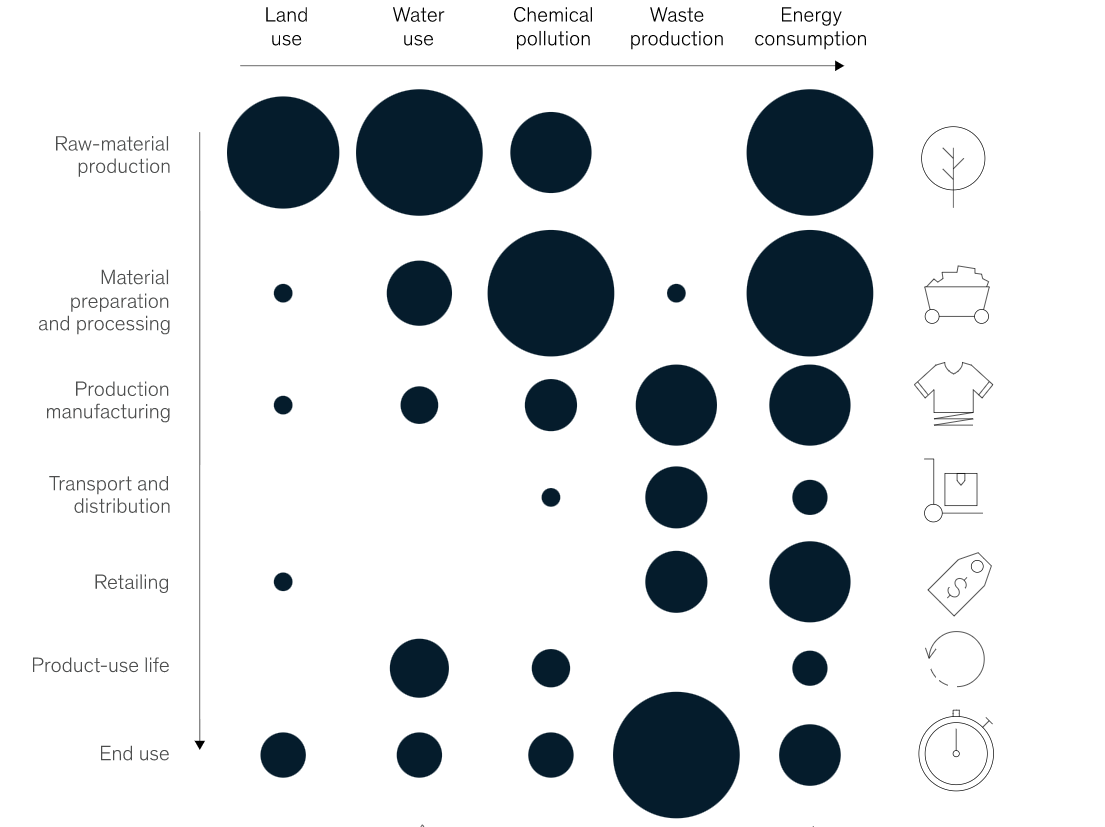
The larger is the size of circle, greater is the impact. Sources: McKinsey
Hemp Clothing requires less water than cotton does to grow, and also makes minimal use of chemical in both cultivation and production. This makes it a better choice for the environment. It is a well-know fact that the textile industry is the second most polluting industry in the world-both in terms of carbon footprint and waste. This has resulted in the growing concern among people who are sensitive towards the environment.
Willingness To Pay More For Sustainable Clothing
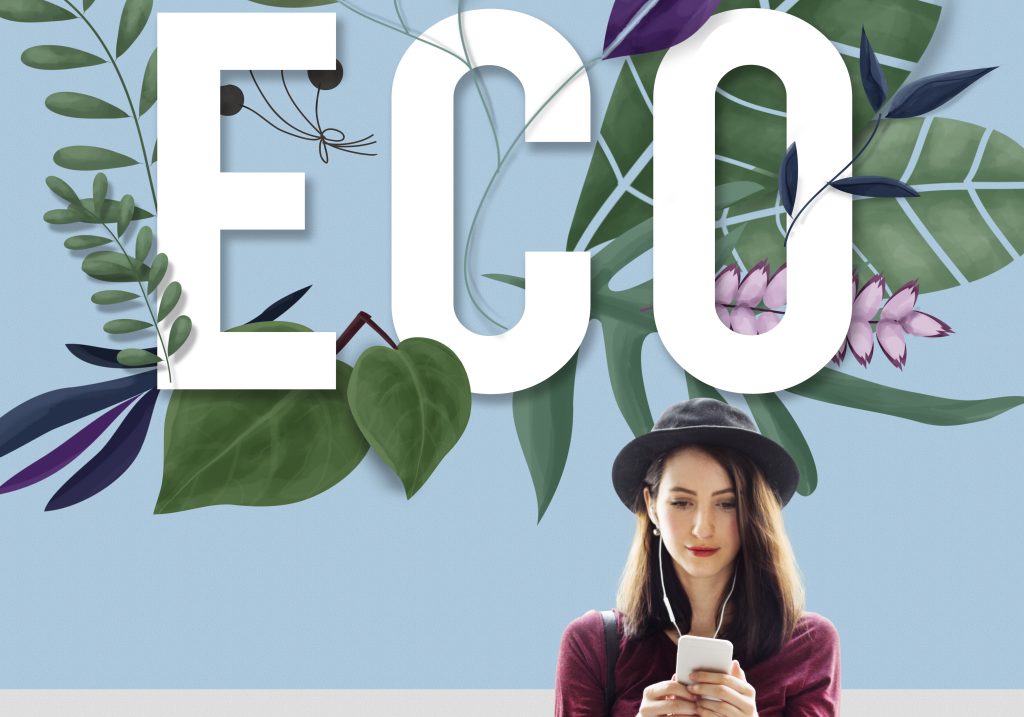
Eco Friendly Earth Day Green Environment Concept
A big driving factor for sustainable or organic clothing is people’s willingness to pay premium for such products.
- An Statista.com data revealed that approximately 13% people in the US are willing to pay more for sustainable clothing.
- Another more interesting fact emerging from the survey was 21% consumers said they will buy only sustainable clothing products if they are cheaper than normal clothing.
- 60% people are ready to buy sustainable clothing products if their prices gain parity with normal clothing.
This is very interesting as it reflects the latent demands for organic clothing.
Hemp Fibers
Though there is a perceived interest in hemp fiber and the industry is growing very fast, it’s still in its infancy. That also means a huge opportunity size for the industry to grow. Hemp Fiber made up just 2.5% of total planted acreage in 2020. In the US, it is higher up to 8%.
Hemp Fiber Trends: Key Drivers
The global market for hemp fiber is predicted to increase over the next few years. This is because manufacturers are working on fiber technology, such as fire retardant and water repellant. Also, increasing per capita incomes and an expanding population will positively impact the market. More research and development into improving hemp’s agronomy is expected to further influence the market.
Global Natural Fashion Market
To understand the true potential of hemp textile products, understanding the dynamics of the global ethical fashion market is vital as hemp apparels are part of this broad market category.
Key Data and Projections
The global ethical fashion market size reached a value of nearly $6.35 billion in 2019. According to sustainable fashion industry statistics, the market is expected to then grow further.
The growth rate of this industry is at a compound annual growth rate (CAGR) of 8.7% since 2015.
Market Size Growth (2030)
If we assume the same CAGR growth rate to be continued. The expected market size can be:
| YEAR | Market Size (In Billion $ USD) |
| 2022 | 8.26 |
| 2023 | 8.83 |
| 2024 | 9.43 |
| 2025 | 10.07 |
| 2026 | 10.76 |
| 2027 | 11.49 |
| 2028 | 12.27 |
| 2029 | 13.11 |
| 2030 | 14 |
Hemp Fabric has the potential to capture a big part of this market. Also, economical, lesser toxin, and high cultivation are major reasons to replace cotton with hemp in the coming years. Change in consumer choices along with increasing awareness about product quality and properties has changed the textile industry.
In recent years, studies have shown a positive aspect of the cannabis sativa fabrics over cotton. This has resulted in a change in the apparel industry. Besides, reducing dependency on single-source fabric has been kept in consideration while option for better substitutes.
Market Segmentation
The global ethical fashion market is being driven by the growing focus on sustainable clothing and accessories, the increased disposable income of consumers and the shifting consumer preference towards more sustainable fashion.
- The ethical fashion market is segmented by product into organic, man-made/regenerated, recycled and natural.
- The man-made/regenerated was the largest segment of the ethical fashion market by product type, accounting for 54.5% of the total market is 2019.
- Going forward, the organic segment is expected to be the fastest growing segment in the ethical fashion market, at a CAGR of 16.2%.
Ethical Fashion Market: Key Regions for Growth
Currently, Asia-Pacific and Western Europe are the fastest growing regions. This will change in the future.
- Asia Pacific was the largest region in the global ethical fashion market equivalent to 32.7% of the total in 2019.
- Western Europe, North America is the second fastest growing region and then there are other regions.
- Now, Eastern Europe and South America, where growth will be at CAGRs of 11.9% and 11.4% respectively.
- Asia Pacific and Africa will be the next growth drivers with CAGR growth of 11.3% and 11.0% respectively.
Source: Research and Markets
Global Markets Share of Hemp Consumer Textile
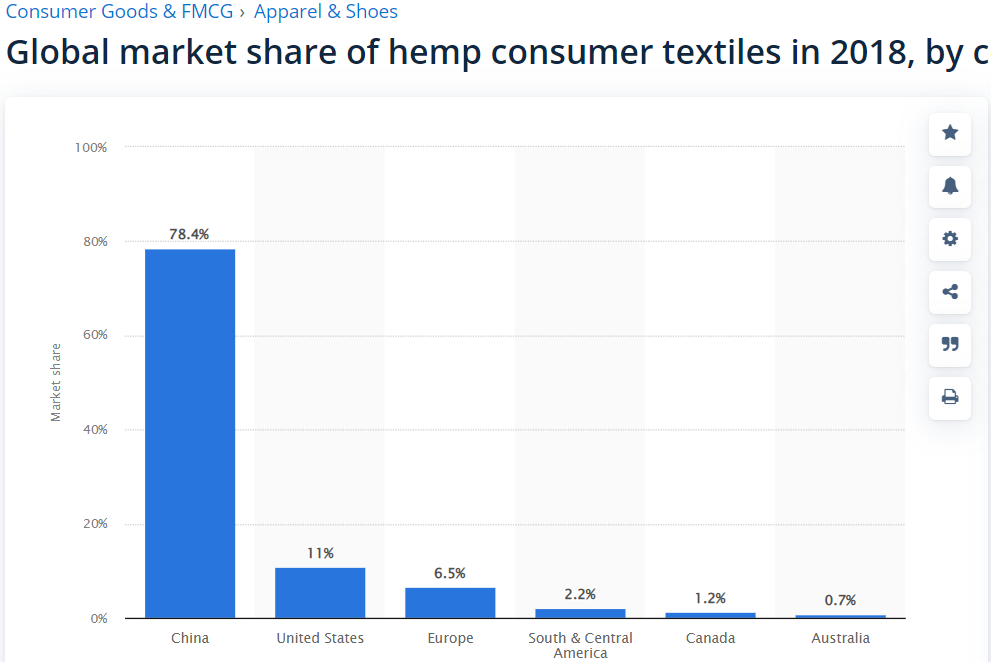
Source: Statista.com
As of now, China dominates the global hemp consumer textile market with 78% market share followed by the US with 11%, which is a distant second.
Europe again has just 4% market share. However, with the pandemic, the global supply chain is resetting and most of the companies are reducing the concentration of supply chain from China and relocating to some other countries.
Some Key Trends: Hemp Fiber
Though, the textile industry is anticipated to be the largest end-use of the hemp fiber market during the forecast period. Additionally, this plant is used as a raw material for clothing, fabric and denim products. Hemp Fabric has a soft feel and is similar to linen and cotton. This fabric is wrinkle free, light weight, durable and works well in hotter climates.
Here are some of the key trends in global hemp textile market:
- China is the world largest producer of hemp fiber and textiles, followed by Europe. The main end users are composite material manufacturers, paper and pulp producers, and fashion designers.
According to non-official estimates, China produces more than half the world’s hemp fiber supply, close to $1.2 billion in 2018. The Chinese government doesn’t release official data.
| Food | 5% |
| CBD | 7% |
| Fiber | 75% |
| Other | 13% |
China has declared to cultivate more than 3 million acres of fiber hemp by 2030.
- Ukraine and Russia are also the main producers of hemp fiber products and hemp textiles in the market.
- The demand of Hemp Fiber is growing fast in the European Market driven largely by the green building industry in UK, Spain, and France.
Key Players in the Hemp Fiber Market
Here are some of the major global participants in the hemp fiber market: HempFlax, Cavac, Biomateriaux, BaFa, Hemp Planet, Dunagro, American Hemp, Hempline, Hemp Inc, CaVVaS, Shanxi Greenland Textile, YAK Technology, Shenyangbeijiang, Tianyouhemp.
| Textile | 24 |
| Pulp and Paper | Xxx |
| Composite Material | Xxx |
| Others | Xxx |
Market Size & Growth Rate
The size of current Hemp Fiber Market is pegged at $4.46 Billion in 2019 and it is expected to react USD 43.75 billion by 2027 which is equivalent to the CAGR growth rate 33% from 2020 to 2027.
The world of fiber consumption is dominated by non-natural fibers. ( Source: Year, 2019, Statista.com )
| Oil-based Synthetics (acrylic, polyester, nylon, spandex) | 62% |
| Cotton | 26% |
| Wood-based Fibers, such as rayon, modal, and viscose | 6% |
| Wool | 1% |
| Eco Fiber such as hemp and linen | 5% |
Opportunity
As of now manmade segment accounts for 57.08% of global revenue 2019. The point to understand here is even a minor market share increase may lead to significant market size growth for hemp fabric.
Also, the point to note that linen and hemp are two of the most sustainable fibers used in the fabric industry.
Out of all natural fibers, hemp is the only one which can be viable alternative to synthetic and cotton industry. No other eco-fiber even comes close to this.
With the advancement in technology and growing consumer interest towards sustainable alternatives the hemp fabric industry will be propelled into higher orbit.
Indian Hemp Textile Industry: The Elephant is Awakening
Though India was a leader in the world textile market, many other countries like China, Bangladesh and Vietnam started lagging because of various reasons.
However with the right government policies and China+1 factor, the Indian textile sector is on churn again.
Despite the presence of many other countries, only Indian can challenge Chinese dominance in the world of textile because it’s a thriving consumer market, integrated textile chain, right policy environment, and smart manufacturing. In addition:
- Rich and High-Quality source of raw material that is hemp fibers from the Himalayan and Other regions.
- Trained textile labor with lower wage rate.
- Highly competitive in the spinning sector with a presence in all stages of the textile value chain.
- Technological capabilities with vast experience in textiles.
- Highly competitive pricing.
Summary
The world of textile is changing with rising pressures of climate change and growing environmental awareness. The demand for sustainable clothing is on the rise. Also, India is not just limited to low-cost manufacturing hubs. It’s a fast-emerging textile superpower on the horizon.
The sleeping elephant is awakening!
Sources:
- Organic Textile Market Forecast, Trend Analysis & Competition Tracking – Global Market Insights 2019 to 2029 (factmr.com)
- Organic Textile Market Forecast, Trend Analysis & Competition Tracking – Global Market Insights 2019 to 2029 (factmr.com)
- https://www.mckinsey.com/
- Hemp Fiber Market Projected To Reach $43.75 Billion By 2027 (prnewswire.com)
- Hemp In China: Why China Leads The World In Hemp Textiles – WAMA Underwear
- Global Hemp Fiber Market Research Report 2021 Professional Edition by Anderson Lopez – Issuu
- Hemp Fibers (HS: 5302) Product Trade, Exporters and Importers | OEC – The Observatory of Economic Complexity
- hemp fabric growth rate in world – Google Search
- Global Hemp Fiber Market Size & Analysis – Forecast to (globenewswire.com)



